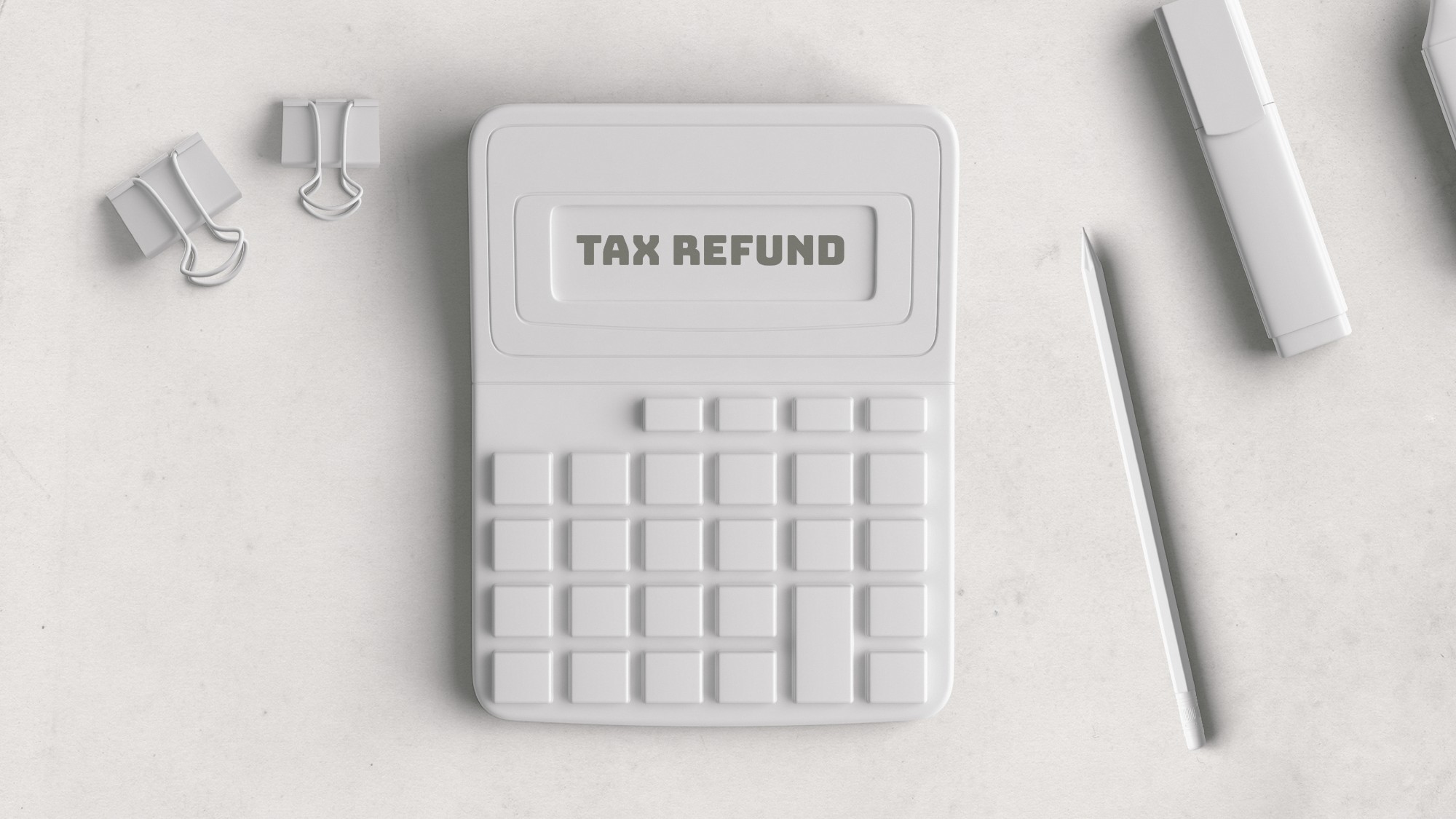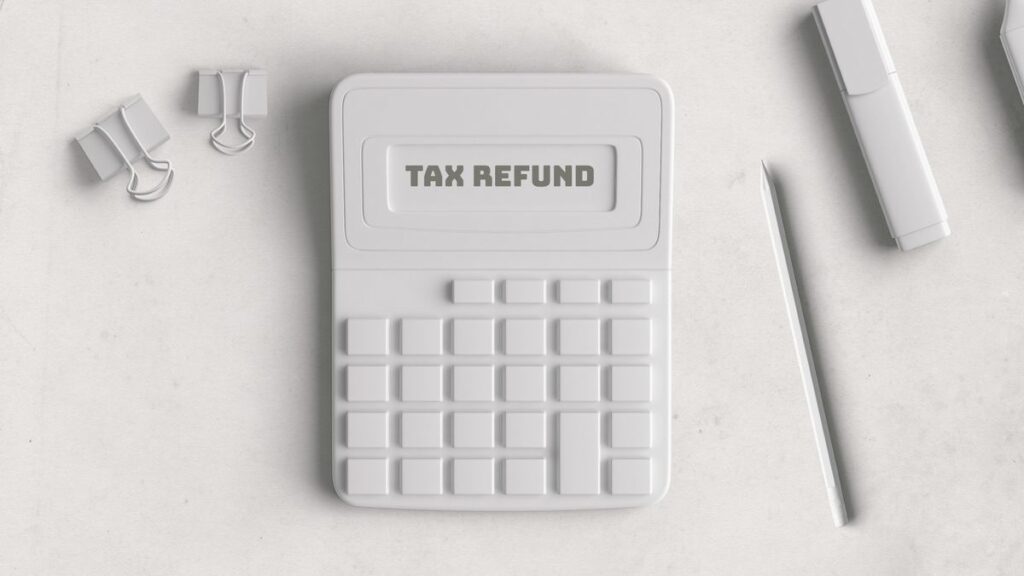Arguably, the silver lining of finally getting around to filing your taxes is a potential tax refund. But how long do you have to wait between submitting your return and receiving the money?
For the most part, “how long it takes to get a tax refund depends on the way you file taxes,” said tax filing service H&R Block. Refunds generally come sooner for returns that are e-filed than those that were mailed in. Still, there are a number of other factors that can affect the length of your wait, from how you opt to receive the funds to whether there are any issues with your return.
When should you expect your tax refund to arrive?
The wait between submitting your return and receiving your refund can vary, namely depending on whether or not you e-file and if you opt for direct deposit or a check.
Subscribe to The Week
Escape your echo chamber. Get the facts behind the news, plus analysis from multiple perspectives.
SUBSCRIBE & SAVE
Sign up for The Week’s Free Newsletters
From our morning news briefing to a weekly Good News Newsletter, get the best of The Week delivered directly to your inbox.
From our morning news briefing to a weekly Good News Newsletter, get the best of The Week delivered directly to your inbox.
“If you filed an electronic return, expect a refund and signed up for direct deposit, the IRS says you should get it within 21 days of filing, as long as there are no issues with your return,” said CNBC Select. For those who chose to receive a check instead of direct deposit, tack on “about one week” to that timeframe, said NerdWallet.
Didn’t opt to e-file? You will receive your refund by direct deposit “in about four weeks,” with “about one week for check delivery” added on if that was your chosen refund method.
How can you check the status of your refund?
If you are anxious to know when exactly your tax refund will arrive, there are a couple of ways to check in:
– The IRS ‘Where‘s My Refund’ website
– The IRS2Go mobile app
“You’ll need your Social Security number or Individual Tax Identification Number to use either service, as well as your filing status and the exact amount of the refund you are expecting,” said CNBC Select, which is why it is important to hang onto tax documents.
You will be able to see your return’s status “within 24 hours of e-filing,” though “you may need to check several times for the most current information,” since “the IRS updates information daily (usually overnight),” said the outlet.
It is also possible to call the IRS for a status update, but “according to the IRS, you should only call if it’s been at least 21 days since you filed an electronic return or at least six weeks since you mailed a print return,” said CNBC Select.
What can delay your tax refund?
If it seems like it is taking longer than usual to receive your refund, there could be a number of explanations. “One of the most common culprits is submitting a return that contains an error, such as the wrong Social Security number or incorrect direct deposit information,” said NerdWallet. Or, “the IRS could also be holding up your refund if it requires additional review or is incomplete.”
Claiming the earned income tax credit or the additional child tax credit can also result in delays, because for those, “the IRS cannot legally issue your tax refund before mid-February,” said NerdWallet.



